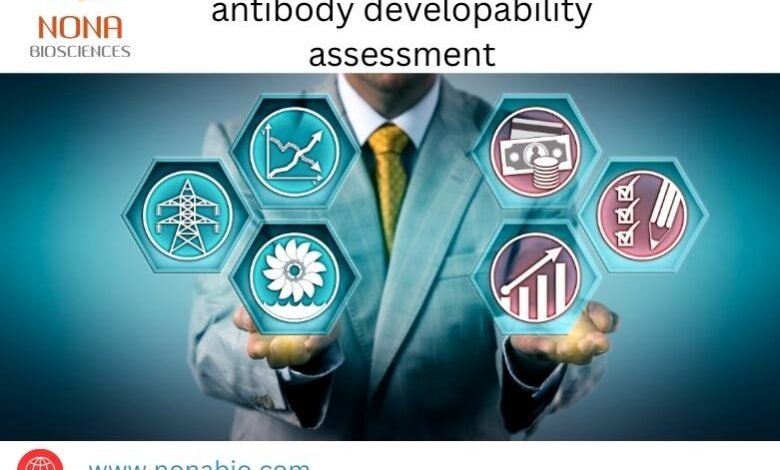Maximizing Therapeutic Antibody Success: A Comprehensive Guide to Antibody Developability Assessment

In the realm of biopharmaceuticals, antibody developability assessment stand out as one of the most promising classes of drugs, offering targeted treatments for a wide array of diseases. However, not all antibodies make it from the lab to the clinic due to various challenges in their development process. One crucial aspect that significantly influences the success of antibody therapeutics is their developability assessment.
Developability assessment refers to the systematic evaluation of an antibody candidate’s molecular properties, manufacturability, stability, and safety profile to predict its likelihood of success in clinical trials and eventual commercialization. This process is essential for identifying and mitigating potential issues early in development, ultimately saving time and resources while increasing the chances of regulatory approval and market success.
Key factors considered in antibody developability assessment include:
- Structural Integrity: The structural stability of an antibody is critical for maintaining its therapeutic efficacy and minimizing immunogenicity. Assessing factors such as protein folding, aggregation propensity, and susceptibility to degradation helps identify candidates with optimal stability profiles.
- Expression and Production: Efficient expression and high yields during manufacturing are crucial for scalability and cost-effectiveness. Antibodies with favorable expression levels and suitable post-translational modifications are preferred for downstream processing.
- Immunogenicity: Immunogenicity, or the potential to induce an immune response, can compromise the safety and efficacy of therapeutic antibodies. Developability assessment involves predicting and minimizing immunogenic risks through epitope analysis and modifications to reduce antigenicity.
- Biophysical Properties: Characterizing biophysical properties such as solubility, viscosity, and formulation stability is essential for determining the antibody’s behavior in physiological conditions and during storage.
- Pharmacokinetics and Pharmacodynamics: Understanding the antibody’s pharmacokinetic and pharmacodynamic profiles helps optimize dosing regimens and predict clinical efficacy. Factors such as half-life, tissue distribution, and target engagement play a crucial role in therapeutic outcomes.
- Safety and Toxicity: Evaluation of potential safety concerns, including off-target binding, cytokine release syndrome, and cytotoxicity, is essential for minimizing adverse effects and ensuring patient safety.
- Regulatory Compliance: Antibody developability assessments must align with regulatory guidelines to facilitate the approval process. Conducting comprehensive studies and providing robust data to support the antibody’s safety, efficacy, and manufacturing quality are essential for regulatory submission.
By integrating these factors into the developability assessment process, researchers and developers can prioritize antibody candidates with the highest likelihood of clinical success while avoiding costly setbacks and delays. Furthermore, advancements in computational modeling, high-throughput screening, and analytical techniques have enhanced the efficiency and accuracy of developability assessments, enabling more informed decision-making throughout the drug development pipeline.
In conclusion, thorough antibody developability assessment is indispensable for optimizing the success rate of therapeutic antibodies and bringing innovative treatments to patients in need. By addressing key considerations related to structural integrity, expression, immunogenicity, biophysical properties, pharmacokinetics, safety, and regulatory compliance, developers can navigate the complexities of antibody development with confidence and precision.
For more insights on antibody developability assessment and biopharmaceutical innovations, visit NonaBio.



